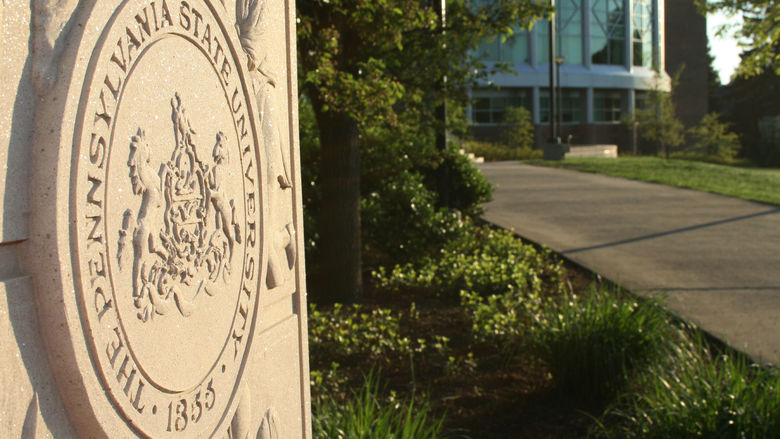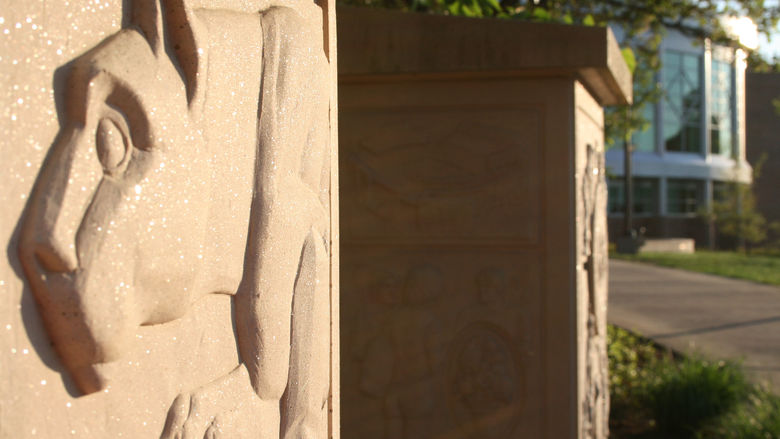UNIVERSITY PARK, Pa. — Penn State released its coronavirus testing results for the week of Sept. 4 to 10 on its COVID-19 dashboard today (Sept. 11). Among students tested at the University Park campus, Penn State received 260 positive results from its on-demand testing and 28 positive results from its random screening. Random screening of employees has returned one positive result for University Park thus far for the week. Tests administered later in the week are still pending results, which can take up to 48 hours and will be included in the dashboard update on Tuesday, Sept. 15.
The data for the week of Aug. 28 to Sept. 3 has also been updated as additional test results came in and were validated.
For the Commonwealth Campuses, the dashboard indicates, among students, one positive on-demand testing result each for the week of Sept. 4 to 10 for Abington, Altoona and Brandywine. The University has initiated its contact tracing process for all cases and the impacted individuals are in isolation either on campus, at home or in a suitable single-occupancy residence off campus.
“At this time, we do not need to change our current modality and hybrid on-campus approach,” said Penn State President Eric J. Barron. “The University is monitoring the number of positive and negative cases — and other variables critical to our decision making — including isolation and quarantine capacity, hospitalizations, locational data, transmission from student cases to employees and community prevalence, to name a few. Mitigations in our armamentarium include pausing in-person instruction and quarantining a specific program or unit, as we have done with nursing, for example.”
On Sept. 4, the College of Nursing, in consultation with Hershey Medical Center infectious diseases experts and University and College of Medicine leadership, decided to quarantine the 144-nursing student cohort located in Hershey. Out of an abundance of caution, and to minimize further spread to students or patients, all nursing students in Hershey were quarantined in their housing or another suitable space until testing could be completed.
The various aspects of Penn State’s “Back to State” plan are meant to not only be responsive to the situation, but also to be predictive. University leadership and members of the COVID-19 Operations Control Center (COCC) continue to monitor disease data daily at each Penn State campus, in the surrounding communities and across the commonwealth.
“The University is in close communication with local and regional public health authorities, officials at Mount Nittany Health System, Penn State Health and the Pennsylvania Department of Health,” stated Dr. Kevin Black, interim dean of the College of Medicine. “Our contact tracing process is another source of data being used to take preventive action and halt the spread of what otherwise could go undetected in our community. Mitigating viral spread even before individuals may know they have been infected is exactly why we put asymptomatic, symptomatic and on-demand testing processes into place.”
Students who test positive are being placed in isolation and, through robust contact tracing, close contacts of the infected individuals are being identified and must remain in quarantine for 14 days from the last contact with the individual.
“At this time, the isolation and quarantine space at University Park is at about 50% capacity,” said Kelly Wolgast, director of the COVID-19 Operations Control Center (COCC). “As students complete their isolation period and those quarantining receive negative results, they leave the isolation and quarantine space. Prior to Aug. 30, 97 individuals have recovered and are moving out of the space on campus, and more students are expected to be released in the coming days. In addition, the University has the capacity to open more isolation and quarantine space, if needed.”
Barron stressed the importance of following health and safety guidelines. “Students continue to be cooperative and understand the necessary testing and contact tracing procedures. Further, there have been zero reports of classroom violations from students,” said Barron. “We remain concerned about spread, but at this time can continue on-campus activities as long as everyone takes this virus seriously and wears masks, socially distances and avoids gatherings. We are looking at the data, by location, and trend lines daily, and we remain ready to initiate additional mitigation measures if needed and will hold individuals accountable for violating the University’s safety requirements.”
To continue on-campus learning, work and other activities through the fall semester, it’s imperative that students, faculty and staff at all campuses and in adjacent communities do their part to limit the spread of COVID-19 — and support the effort to “Mask Up or Pack Up.” The University urges everyone to continue to wear face masks, practice social distancing and avoid gatherings entirely.
For the latest updates and information on Penn State’s response to the coronavirus pandemic, including frequently asked questions and information specific for students, faculty and staff, visit virusinfo.psu.edu.



